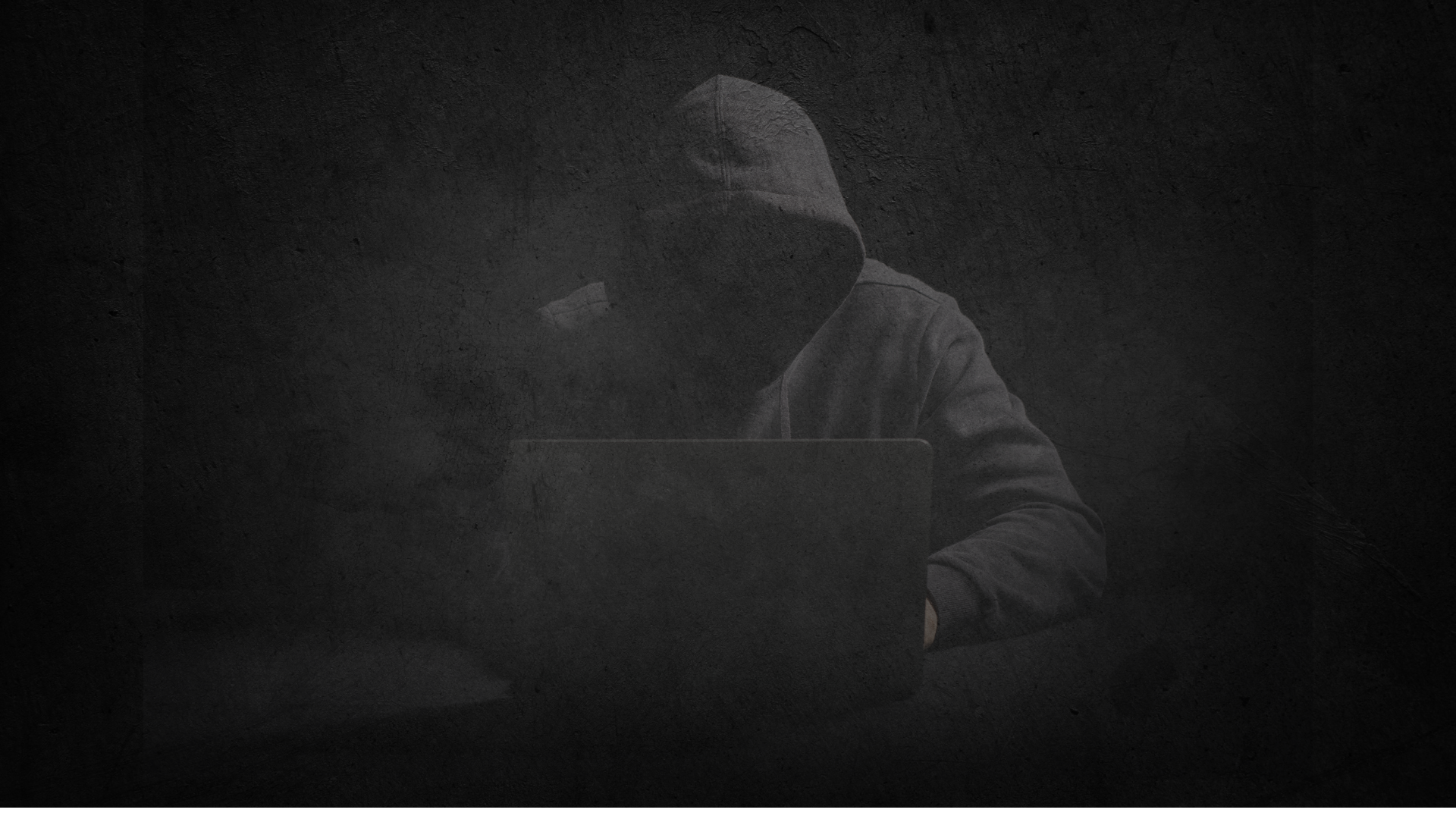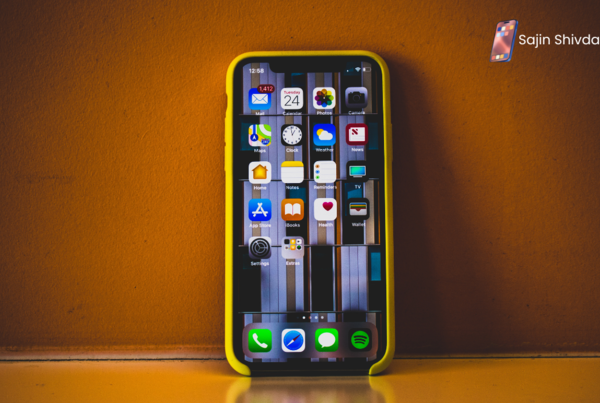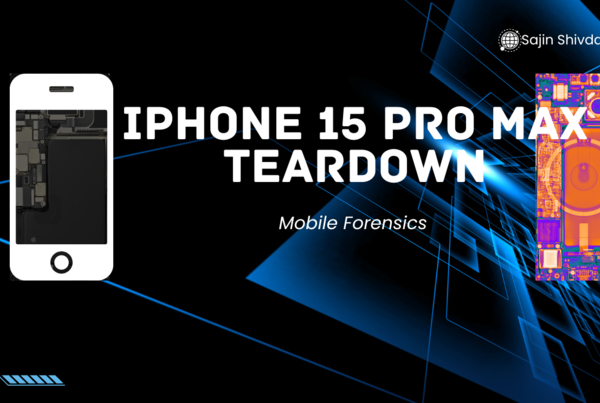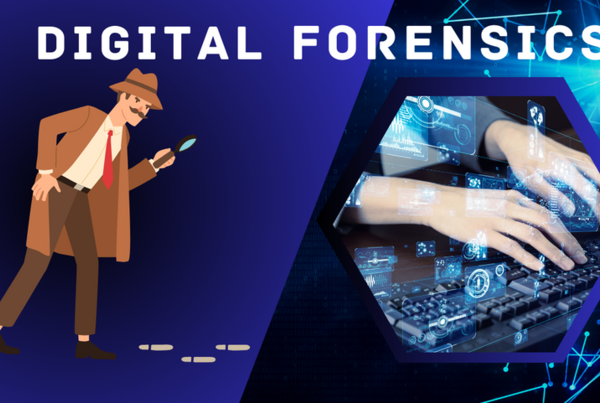Types of Digital Forensics
- Network Forensics
- Email Forensics
- Memory Forensics
- Mobile Forensics
- Database Forensics
- Malware Forensics
- Disk Forensics
- Cloud Forensics
- Wireless Forensics
- Video Forensics
The field of Digital Forensics encompasses a wide range of subfields, such as computer forensics, mobile forensics, network forensics, cloud forensics, wireless forensics, video forensics, malware forensics, database forensics, memory forensics, and malware forensics, among others. Finding and analyzing digital evidence to solve cybercrimes, secure digital environments, and support legal proceedings is the job of each subfield in digital forensics.
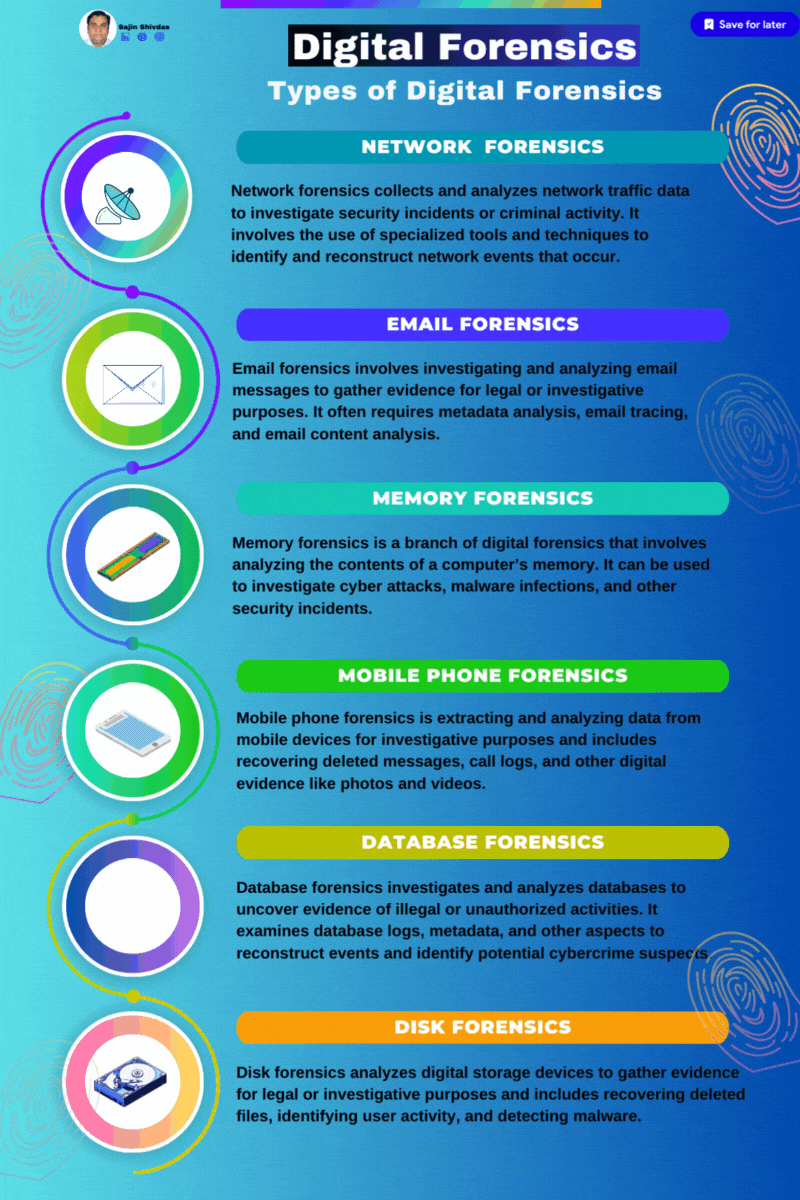
Network Forensics
Network forensics is the process of collecting, analyzing, and interpreting network data in order to investigate and respond to security incidents or cybercrimes. It involves the preservation, extraction, and analysis of network traffic, logs, and other digital artifacts to identify the cause, extent, and impact of an incident. Network forensics helps in understanding the timeline of events, reconstructing network activities, and providing evidence for legal proceedings or incident response.
Email Forensics
As a subfield of digital forensics, email forensics focuses on investigating and analyzing email conversations to collect evidence pertaining to cybercrimes, legal conflicts, or security problems. To decipher emails, their information, attachments, and headers, forensic specialists employ a wide range of analyses. The field of email forensics aims to detect fraudulent or unlawful activity by determining the origin and validity of emails, following their transmission history, examining patterns, and determining who or what sent them. Understanding digital evidence pertaining to communication is essential for incident response, business security, and legal investigations.
Memory Forensics
Memory forensics is a subfield of digital forensics that focuses on recovering evidence and information from computer systems by analysing their volatile memory (RAM). Memory forensics is concerned with the real-time investigation of ongoing processes, applications, and system states as opposed to the static data examined by conventional disk-based forensics. To determine what programs are active, what data is hidden or encrypted, whether malware is present, and what the system was like right before an incident happened, forensic professionals employ specialized tools and techniques to capture and analyze memory material. Memory forensics is essential for detecting complex cyber threats and APTs, and it is especially useful for studying live, dynamic data.
Mobile Forensics
A subfield of digital forensics known as “mobile device forensics” examines and analyses data stored on portable electronic devices like tablets and smartphones. To retrieve, analyze, and decipher information kept on mobile devices, forensic specialists in this area employ a wide variety of specialized instruments and procedures. Data from several sources, such as call logs, SMS, emails, multimedia, application settings, and more, can be retrieved in this way. Forensic analysis of mobile devices is an important tool for investigators in the fields of law, cybersecurity, and law enforcement since it might reveal evidence of wrongdoing. Protecting digital evidence and learning more about mobile device use and history in different investigations are two main goals.
Database Forensics
Specialized within digital forensics, database forensics examines and analyses digital evidence contained within databases. Finding proof of security events, data breaches, or illegal access is the main emphasis of this investigation of database systems. To detect and analyze any signs of manipulation, illegal access, or harmful actions, forensic specialists in this area employ methods to investigate tables, logs, and transaction records within databases. To aid in legal investigations, compliance audits, incident response, and database forensics is essential for comprehending how data within a database has been accessed or altered. The objective is to uncover any instances of database system misuse or compromise while simultaneously ensuring the integrity of digital evidence.
Malware Forensics
As a subfield of digital forensics, malware forensics is concerned with the study and analysis of malware and similar forms of harmful software. Determining the type, behavior, and effect of malware on an infected system is the main objective of malware forensics. In order to decipher the attack’s code, behavior, and artefacts, forensic specialists employ a wide range of tools and methods. Analysis of malware signatures, network data, and malware interactions with compromised systems are all part of this process. In order to determine how infections spread, what tools are used for attack, and how to stop them in the future, malware forensics is essential. Cybersecurity investigations, incident response, and overall malware threat reduction rely on it heavily.
Disk Forensics
The examination of information kept on computer hard drives or other storage media is the domain of disc forensics, a subfield of digital forensics. In order to recover, store, and analyze digital evidence pertaining to cybercrime, legal disputes, or other incidents, forensic specialists employ specialized tools and procedures to scour disc contents. File systems, erased files, system logs, and other data structures are all part of disc forensics, which aims to reconstruct events and find possible evidence by analysing them. Because it sheds light on the past, present, and future of digital information kept on discs, this area is vital for investigations, incident response, and litigation assistance.
Cloud Forensics
When it comes to digital evidence, cloud forensics is the subfield of digital forensics that zeroes in on cloud computing settings. The field of cloud forensics focuses on the investigation of cybercrimes, security issues, and unauthorized access by analyzing data kept in cloud services, virtualized infrastructures, and network communications. Shared resources, virtualization technologies, complicated service models (such IaaS, PaaS, and SaaS), and the absence of physical control over hardware are some of the particular issues that cloud forensics brings. To overcome these obstacles and guarantee the authenticity of digital evidence retrieved from cloud-based systems, forensic specialists employ specialized tools and methodologies. In the cloud computing setting, the objective is to bolster investigations, court processes, and incident response.
Wireless Forensics
A subfield of digital forensics known as “wireless forensics” looks into and analyses data stored in digital formats pertaining to wireless networks and communications. Cybersecurity forensics specialists look for and analyze security events, illegal access, and other cybercrimes by analyzing data sent across wireless networks like Wi-Fi, Bluetooth, or cellular networks. Part of this process involves looking at the communication’s wireless devices, capturing and analyzing packets, and analyzing wireless network traffic. If we want to know how attackers use wireless technology, how to make wireless communication secure, and what to do in court, we need wireless forensics. The field of digital forensics as a whole and cybersecurity investigations specifically rely on it.
Video Forensics
Video forensics is a specialized field within digital forensics that involves the analysis and enhancement of video footage for investigative purposes. Forensic experts in this field use a variety of techniques and tools to examine digital video recordings, aiming to clarify, authenticate, and interpret visual evidence. Video forensics may involve tasks such as image enhancement, frame analysis, facial recognition, and timeline reconstruction. The goal is to extract meaningful information from video recordings that can be used in legal proceedings, law enforcement investigations, or other security-related contexts. Video forensics plays a crucial role in uncovering details from surveillance footage, identifying individuals, and providing valuable insights for solving crimes or understanding specific incidents captured on video


